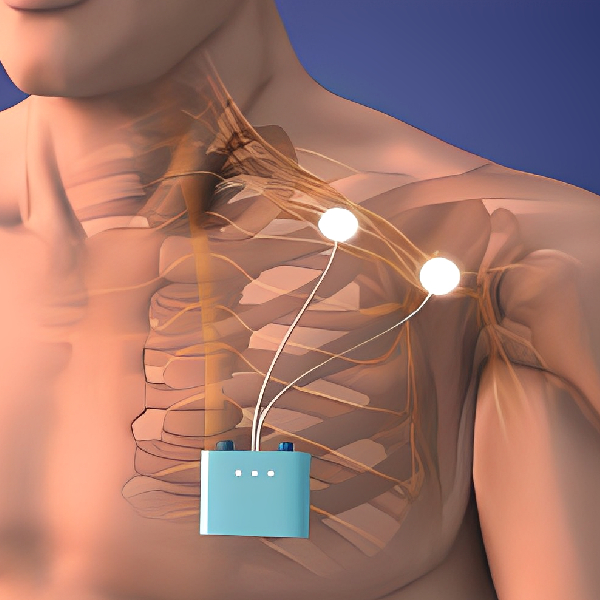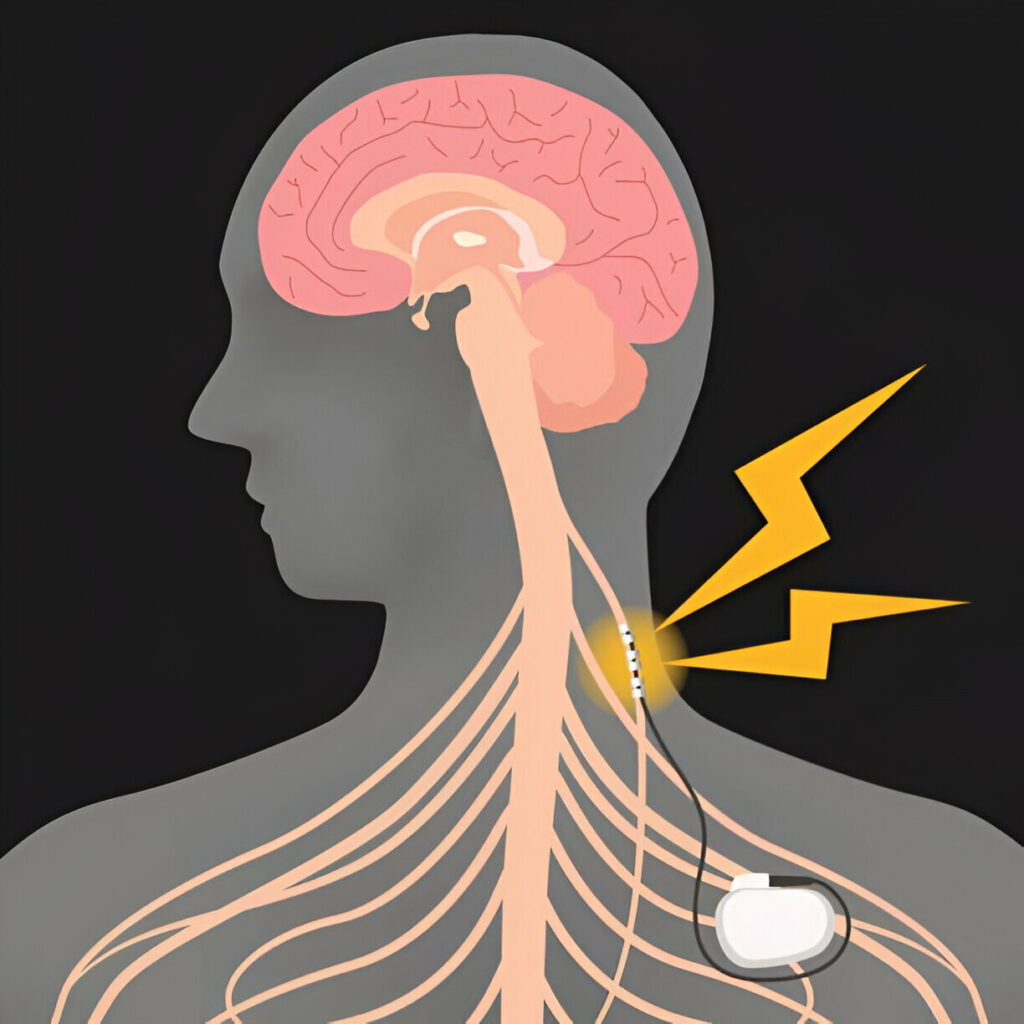Peripheral Nerve Stimulation
If you have chronic pain, Peripheral nerve stimulation can help. It uses electrical pulses to disrupt pain signals. It may reduce your need for pain medications. Here’s how it works.
Did You Know?
Did you know that Peripheral Nerve Stimulation (PNS) is an innovative technique used to manage chronic pain? Unlike traditional methods that target the spinal cord or brain, PNS involves the placement of electrodes near peripheral nerves responsible for transmitting pain signals. This approach offers a more localized and targeted way to alleviate pain, potentially reducing the need for systemic medications and their associated side effects.


Frequently Asked Questions:
How does Peripheral Nerve Stimulation (PNS) work?
Peripheral Nerve Stimulation works by employing a small device that delivers controlled electrical pulses to the peripheral nerves, interrupting or modulating the transmission of pain signals to the brain. These electrical impulses create a tingling sensation known as paresthesia, which can help mask or override the sensation of pain. By targeting specific nerves, PNS can effectively manage localized pain without affecting the entire body.
What conditions can be treated with Peripheral Nerve Stimulation?
Peripheral Nerve Stimulation is commonly used to alleviate chronic pain conditions that have not responded well to conventional treatments such as medications, physical therapy, or surgery. Conditions that may benefit from PNS include diabetic neuropathy, sciatica, post-amputation pain, and certain types of arthritis-related pain. Additionally, it has shown promise in managing pain associated with failed back surgery syndrome and phantom limb pain.
Is Peripheral Nerve Stimulation a reversible procedure?
Yes, Peripheral Nerve Stimulation is a reversible procedure. Unlike irreversible surgical interventions, such as some forms of nerve ablation, PNS involves the implantation of temporary or permanent electrodes. If the patient decides to discontinue treatment or if the therapy does not provide the expected relief, the electrodes can be removed without causing permanent damage to the nerves or surrounding tissue.
What are the potential benefits of Peripheral Nerve Stimulation?
One of the key benefits of Peripheral Nerve Stimulation is its ability to provide pain relief with minimal systemic side effects compared to oral medications. It offers patients a non-pharmacological option for managing chronic pain, reducing reliance on opioid medications and their associated risks. Additionally, PNS can improve function and quality of life for individuals whose daily activities are limited by persistent pain, allowing them to engage in activities they enjoy and participate more fully in daily life.
How is the effectiveness of Peripheral Nerve Stimulation assessed?
The effectiveness of Peripheral Nerve Stimulation is typically assessed through a trial period before permanent implantation of the device. During the trial, temporary electrodes are placed near the targeted nerves, and the patient’s response to stimulation is monitored closely. If the trial period results in significant pain relief and improvement in function, the patient may proceed with permanent implantation. Long-term effectiveness is evaluated through regular follow-up appointments to assess pain levels, functional outcomes, and any adjustments needed to optimize stimulation parameters.
What are the potential risks and complications associated with Peripheral Nerve Stimulation?
While Peripheral Nerve Stimulation is generally considered safe, like any medical procedure, it carries some risks and potential complications. These may include infection at the site of electrode placement, discomfort or irritation around the implant site, lead migration or breakage, and undesirable changes in sensation. It’s essential for patients considering PNS to discuss these potential risks with their healthcare provider and weigh them against the potential benefits of the treatment.
How long do the effects of Peripheral Nerve Stimulation last?
The duration of pain relief provided by Peripheral Nerve Stimulation can vary depending on factors such as the underlying condition being treated, individual response to therapy, and lifestyle factors. Some patients may experience long-lasting pain relief and functional improvement with ongoing use of the device, while others may require periodic adjustments or additional treatments to maintain optimal results. Regular follow-up appointments with healthcare providers are essential to monitor the effectiveness of PNS and make any necessary modifications to treatment plans.
Looking for Pain Relief?
Contact us today at 973-200-4695 to schedule an appointment.

